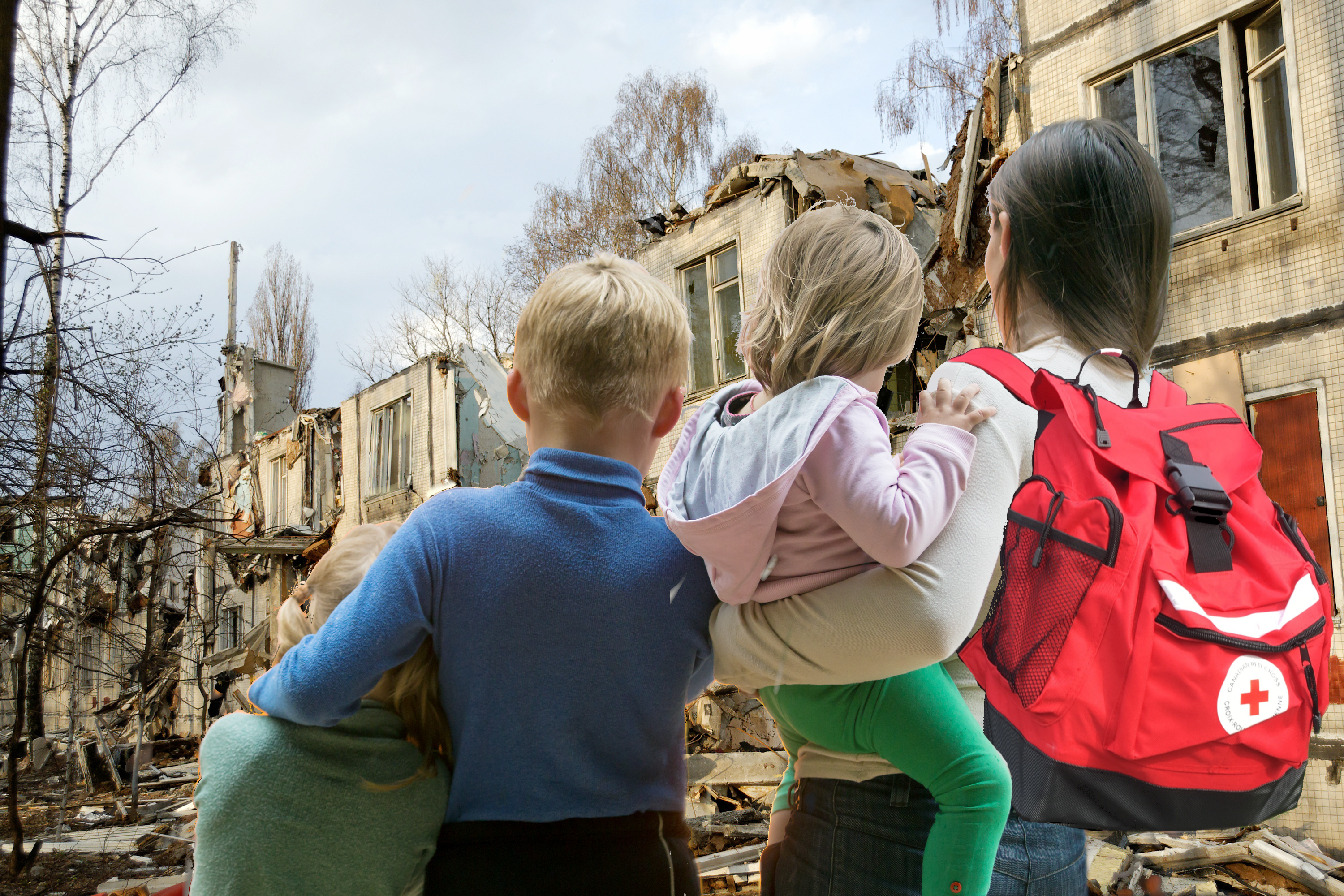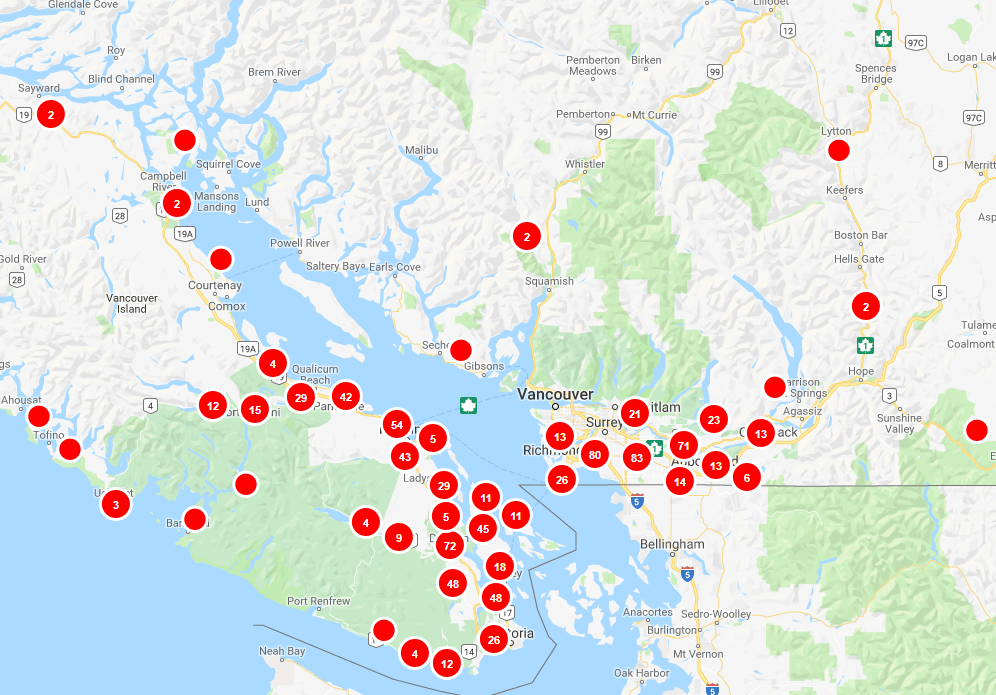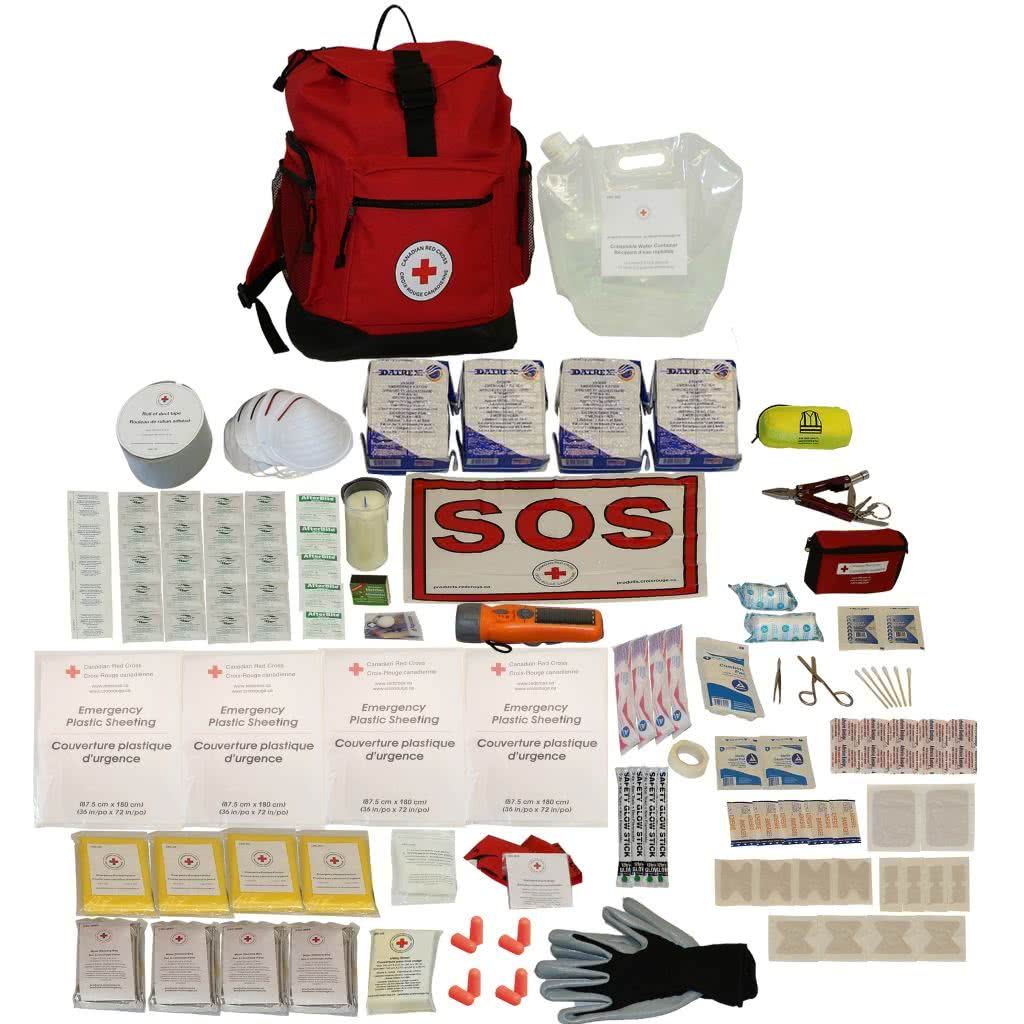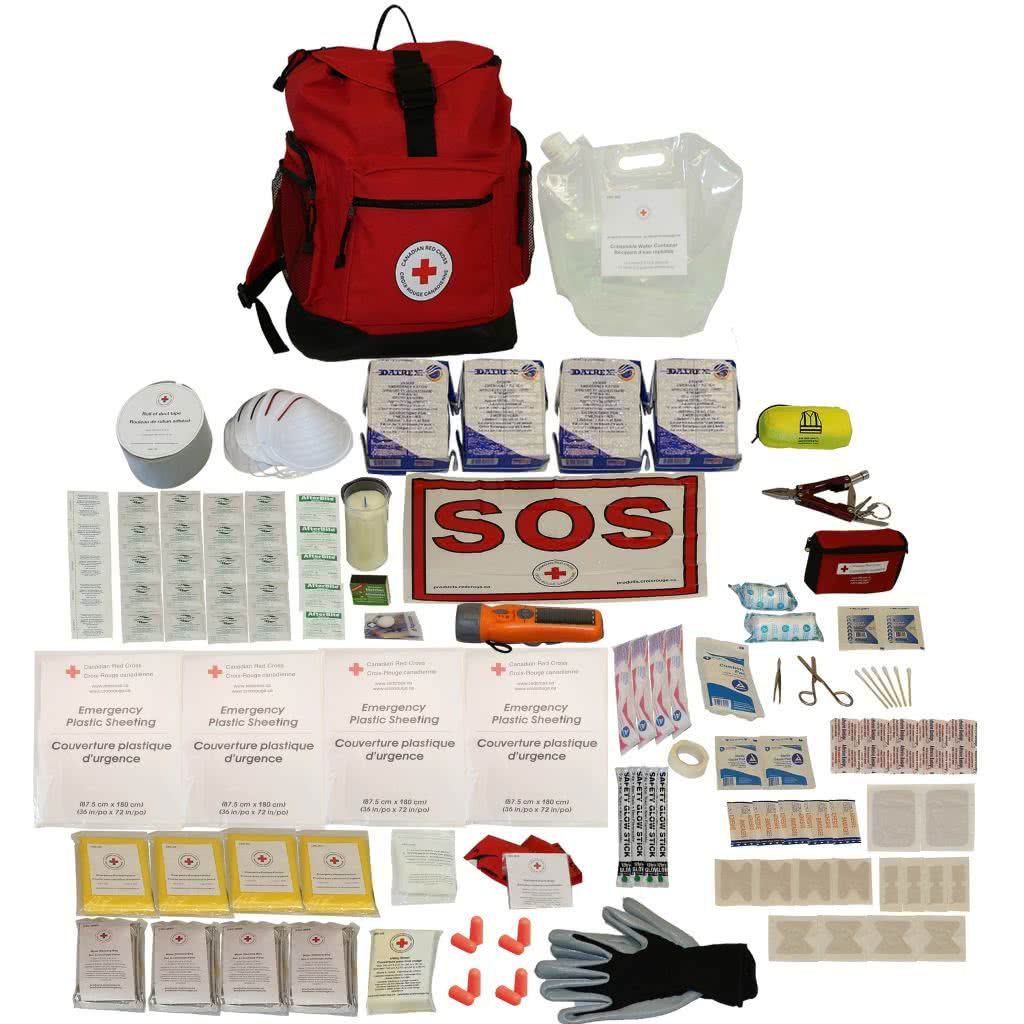Facts About Emergency Preparedness
- Roughly 5,000 earthquakes are recorded in Canada every year.
- The worldwide cost of natural disasters has skyrocketed from $2 billion in the 1980s, to $27 billion over the past decade.
- Canada’s first billion dollar disaster, the Saguenay flood of 1996, triggered a surge of water, rocks, trees and mud that forced 12,000 residents to evacuate their homes.
- Some hailstones are the size of peas while others can be as big as baseballs.
- Approximately 85% of Canadians agree that having an emergency kit is important in ensuring their and their family’s safety, yet only 40% have prepared or bought an emergency kit. Get yours online at www.alertfirstaid.com.
- In 2011, flooding in Manitoba and Saskatchewan featured the highest water levels and flows in modern history. Over 11,000 residents were displaced from their homes.
- Ice, branches or power lines can continue to break and fall for several hours after the end of an ice storm.
- The deadliest heat wave in Canadian history produced temperatures exceeding 44ºC in Manitoba and Ontario in 1936. Rail lines and bridge girders twisted, sidewalks buckled, crops wilted and fruit baked on trees.
- In 2007, the Prairies experienced 410 severe weather events including tornadoes, heavy rain, wind and hail, nearly double the yearly average of 221 events.
- The coldest temperature reached in North America was –63ºC, recorded in 1947 in Snag, Yukon.
- The largest landslide in Canada involved 185 million m3 of material and created a 40m deep scar that covered the size of 80 city blocks in 1894 at Saint-Alban, Quebec.
- Hurricanes are bigger and cause more widespread damage than tornadoes (a very large system can be up to 1,000 kilometres wide).
- One of the most destructive and disruptive storms in Canadian history was the 1998 ice storm in Eastern Canada causing hardship for 4 million people and costing $3 billion. Power outages lasted for up to 4 weeks.
- The June 23, 2010 earthquake in Val-des-Bois, Quebec produced the strongest shaking ever experienced in Ottawa and was felt as far away as Kentucky in the United States.
- Using non-voice communication technology like text messaging, email, or social media instead of telephones takes up less bandwidth and helps reduce network congestion after an emergency.
- At the end of October 2012, Hurricane Sandy devastated parts of the Caribbean and the northeast of the North American continent. When the hurricane made landfall in the United States it blended with a continental cold front forming a storm described as the “Monsterstorm” by the media.










Leave a Reply
Want to join the discussion?Feel free to contribute!